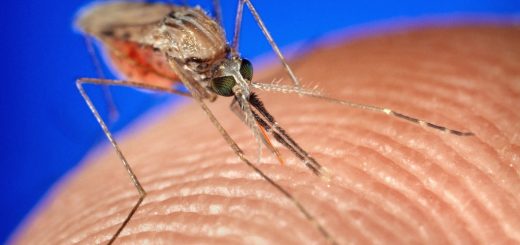Substance abuse: cocaine disrupts circadian liver metabolism

Quite frankly, most drug users admit to the immense consequence of using drugs. However, this is hardly enough to deter others from continually abusing drugs — those already addicted find it difficult to break out while new users are enticed by its ability to control emotions and induce pleasure.
What is the extent of the damage these drugs cause in the human body? Are they minimal enough to be overlooked? For decades, these questions have spurred scientists to explore the effects of substances that possess rewarding properties in the human body. In the long run, substances like heroin, nicotine, cocaine, and alcohol have been found to be highly addictive. Heroine is also known to induce depression and coma if combined with alcohol[1].
Recently, Marlene Cervantes and her team of researchers studied the consequences of drug abuse on peripheral organs like the liver. Their study showed that stressing the reward system in the brain by cocaine use can contribute to the progression of metabolic diseases. Additionally, they discovered that drugs like cocaine, which increase dopamine levels, interfere with circadian metabolic profiles in the liver (liver metabolic profiles refers to the endogenous metabolites in the liver)[2].
The team administered cocaine to mice whose Dopamine 2 receptor has been deleted in the striatal medium spiny neuron — a region in the brain. Their aim was to determine if cocaine-induced dopamine spiral in the brain affects stability in the liver and changes in circadian metabolites.
Indeed, their study pointed to extreme changes in liver metabolites in a time-dependent manner. 25% of circadian metabolites in mutant mice liver lost rhythmicity after cocaine administration. The classes of metabolites that were most affected by the cocaine administration were acylcarnitines and phosphatidylcholines.
The researchers are certain that the alterations in these circadian metabolites in the liver were caused by the cocaine administration because a previous study involving the blood of crack-cocaine addicts showed similar changes.
Edited by Liam Butler
Copy-edited by Claire Thomson
[1] https://teens.drugabuse.gov/drug-facts/heroin#topic-2
[2] https://www.pnas.org/doi/full/10.1073/pnas.2117113119







